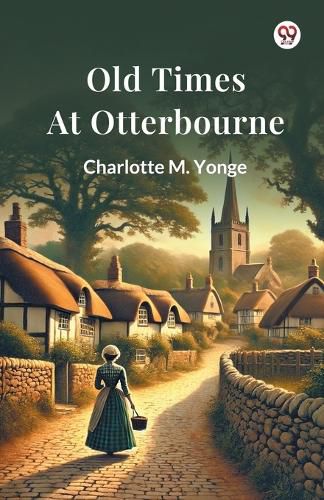Readings Newsletter
Become a Readings Member to make your shopping experience even easier.
Sign in or sign up for free!
You’re not far away from qualifying for FREE standard shipping within Australia
You’ve qualified for FREE standard shipping within Australia
The cart is loading…






Old Times at Otterbourne is a reflective exploration of a village s transformation over time, capturing the shift from traditional customs to the changes brought by modernity. The narrative delves into the evolution of daily life in the village, highlighting the influence of historical events, such as the introduction of the railroad, on the community. The text explores the deep connection between the people of Otterbourne and their church, as well as their interactions shaped by long-standing local traditions. With rich historical detail, it traces the village s journey from Roman times through to the 19th century, focusing on the subtle shifts in society, economy, and infrastructure. The story serves as a tribute to a past that is gradually being replaced, evoking a sense of nostalgia for a simpler way of life. As the village navigates changes in both physical and social landscapes, it emphasizes the tensions between progress and preservation. Through its historical account, the novel provides a sense of continuity and loss, offering a glimpse into how communities adapt while retaining echoes of their roots.
$9.00 standard shipping within Australia
FREE standard shipping within Australia for orders over $100.00
Express & International shipping calculated at checkout
Old Times at Otterbourne is a reflective exploration of a village s transformation over time, capturing the shift from traditional customs to the changes brought by modernity. The narrative delves into the evolution of daily life in the village, highlighting the influence of historical events, such as the introduction of the railroad, on the community. The text explores the deep connection between the people of Otterbourne and their church, as well as their interactions shaped by long-standing local traditions. With rich historical detail, it traces the village s journey from Roman times through to the 19th century, focusing on the subtle shifts in society, economy, and infrastructure. The story serves as a tribute to a past that is gradually being replaced, evoking a sense of nostalgia for a simpler way of life. As the village navigates changes in both physical and social landscapes, it emphasizes the tensions between progress and preservation. Through its historical account, the novel provides a sense of continuity and loss, offering a glimpse into how communities adapt while retaining echoes of their roots.